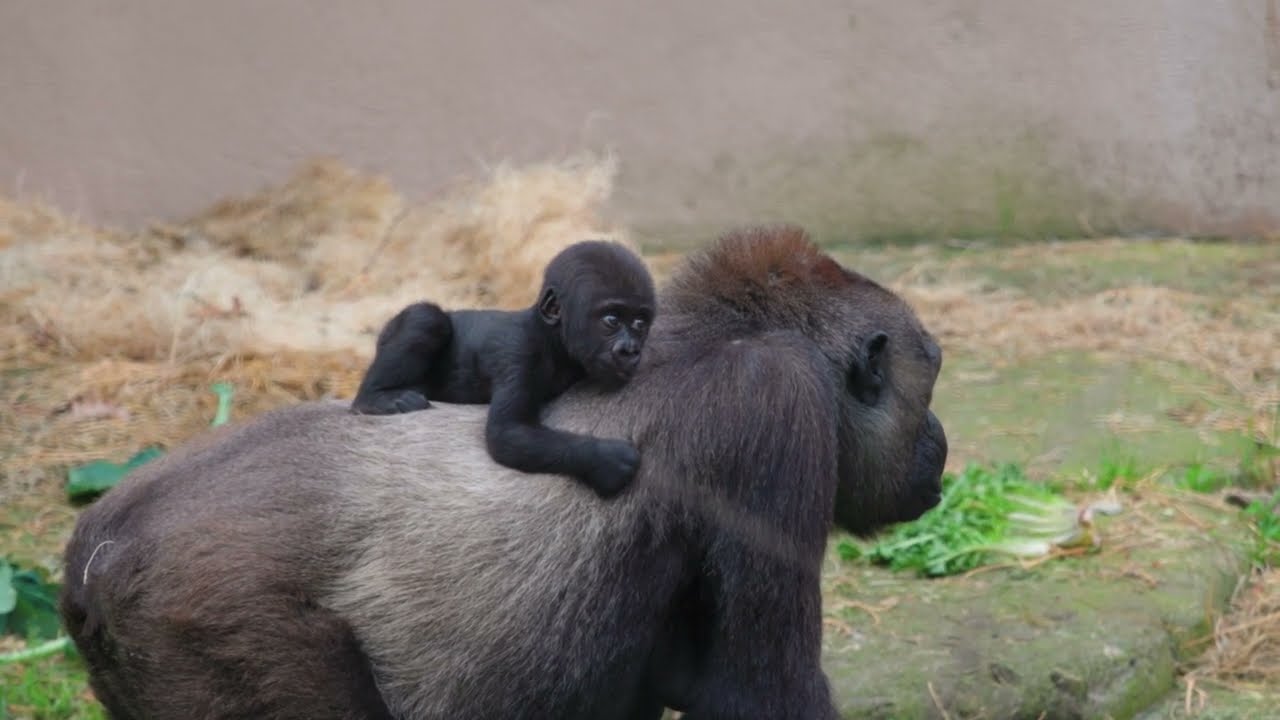– The behavioral patterns of Jameela and the Troop in spring
– The role of zoo management in facilitating natural behaviors in captive wildlife
– Importance of wildlife conservation and how it links to zoo populations
Spring marks a period of rebirth and awakening in the natural world. At this time, animals, including Jameela and her troop, exhibit a host of fascinating behaviors that captivate the attention of zoologists and conservationists alike. Observing Jameela and the troop enjoying spring outside offers profound insights into their social structures, foraging behaviors, and interactions with their environment, which are critical for informing zoo management practices and broader wildlife conservation efforts.
The behavioral patterns of Jameela and the troop during spring are particularly noteworthy. This time of year is often associated with increased activity levels among many species, driven by warmer temperatures and the abundance of food. For primates like Jameela and her troop, spring can significantly influence their social dynamics, including grooming habits, which strengthen social bonds, and foraging behaviors, as they seek out new growth and seasonal fruits. This period also encourages exploration and play, especially among younger members of the troop, vital for their development and well-being.
Understanding and facilitating these natural behaviors in captive environments is paramount in zoo management. Zoos strive to recreate naturalistic habitats that encourage species-typical behaviors, an approach that contributes to the physical and psychological health of the animals under their care. This includes the design of enclosures that mimic the complexity of their natural habitats, providing opportunities for climbing, foraging, and social interaction. Additionally, enrichment programs are implemented to stimulate their cognitive functions and encourage natural behaviors, which are especially important during the dynamic season of spring. These management practices not only support the well-being of Jameela and her troop but also enhance the educational value for zoo visitors, offering them a window into the lives of these fascinating animals.
Wildlife conservation is an integral piece of this puzzle, linking the lives of zoo animals like Jameela and her troop to broader ecological considerations. Zoos serve as arks of hope for endangered species and as centers for education and research that contribute to conservation efforts in the wild. The observed behaviors of animals in zoos can provide critical data for developing effective conservation strategies. For example, understanding the foraging preferences and social behaviors of primates in spring can inform habitat management and restoration efforts that ensure the survival of these species in their natural environments. Additionally, zoos often participate in breeding programs that aim to bolster population numbers of endangered species, aiming to reintroduce animals back into their native habitats.
Jameela and the troop enjoying spring outside is more than a mere seasonal observation; it reflects the complex interplay between animal behavior, zoo management, and conservation efforts. Zoos play a crucial role in preserving biodiversity by providing refuge for endangered species and fostering a connection between the public and the natural world. This connection is vital for inspiring conservation action and ensuring that future generations inherit a planet with life.
Through meticulous observation and management, zoos can mimic the natural rhythms and cues that animals like Jameela and her troop experience in the wild, allowing them to express a range of natural behaviors. This, in turn, provides valuable insights that aid in conserving these species in their natural habitats, illustrating the vital link between in-situ and ex-situ conservation efforts. The enjoyment of Jameela and her troop during spring is a powerful reminder of the beauty and complexity of nature, underscoring the importance of concerted efforts to protect and preserve it for generations to come.
*****
Source Description
Did you know that gorillas don’t like the rain? The troop will be outside when the weather complies. So far we are off to a great spring in Cleveland and the troop is growing stronger together every day!


